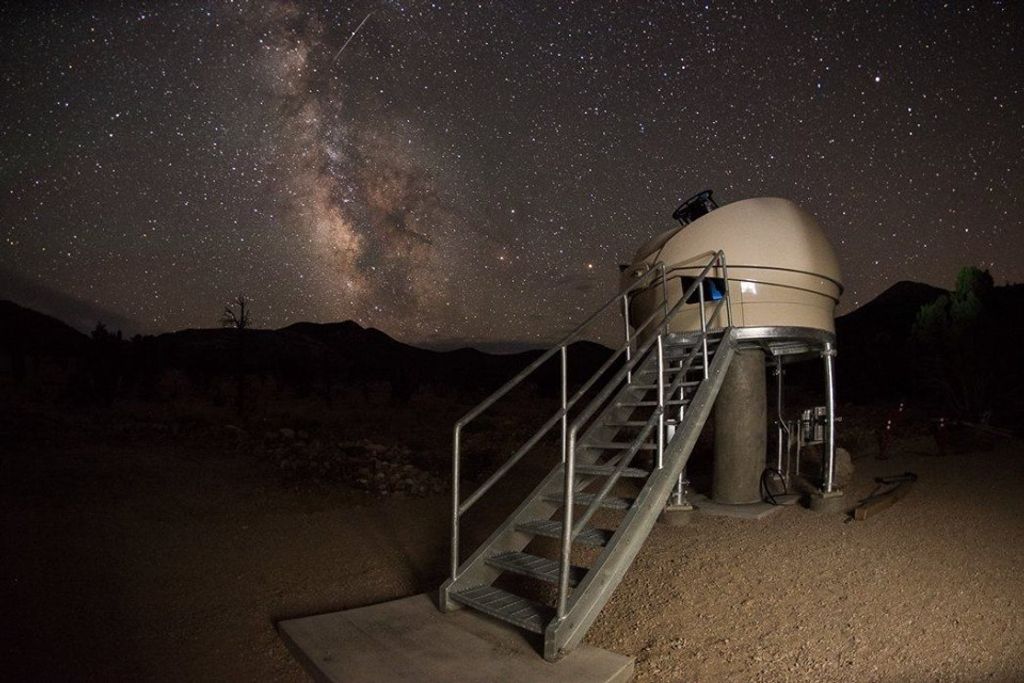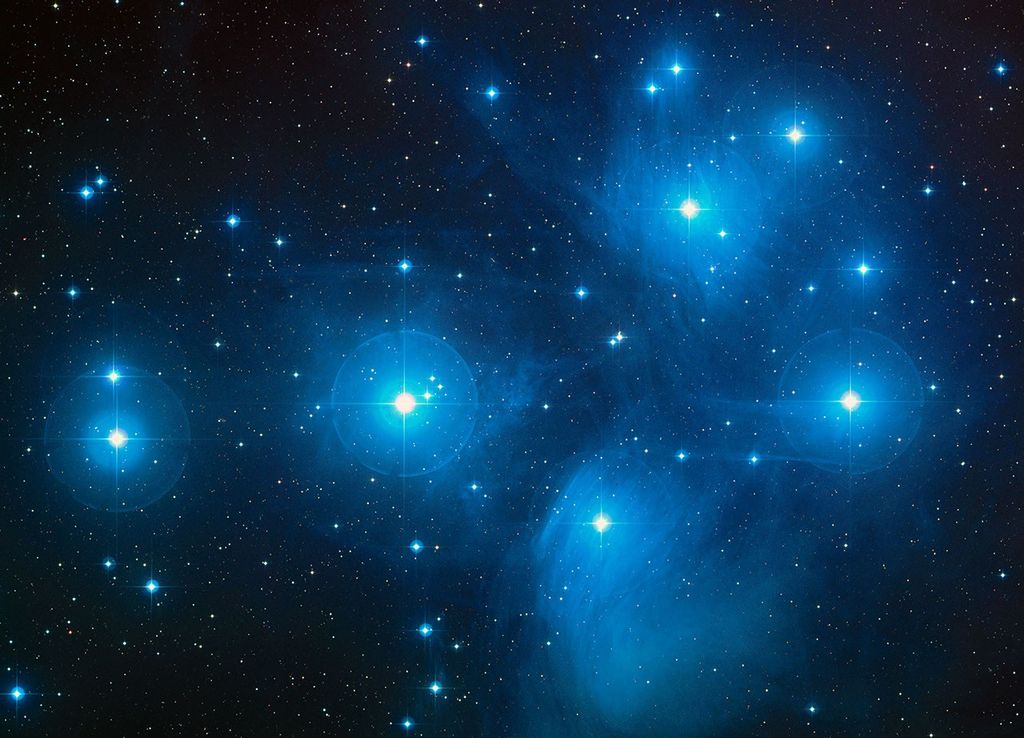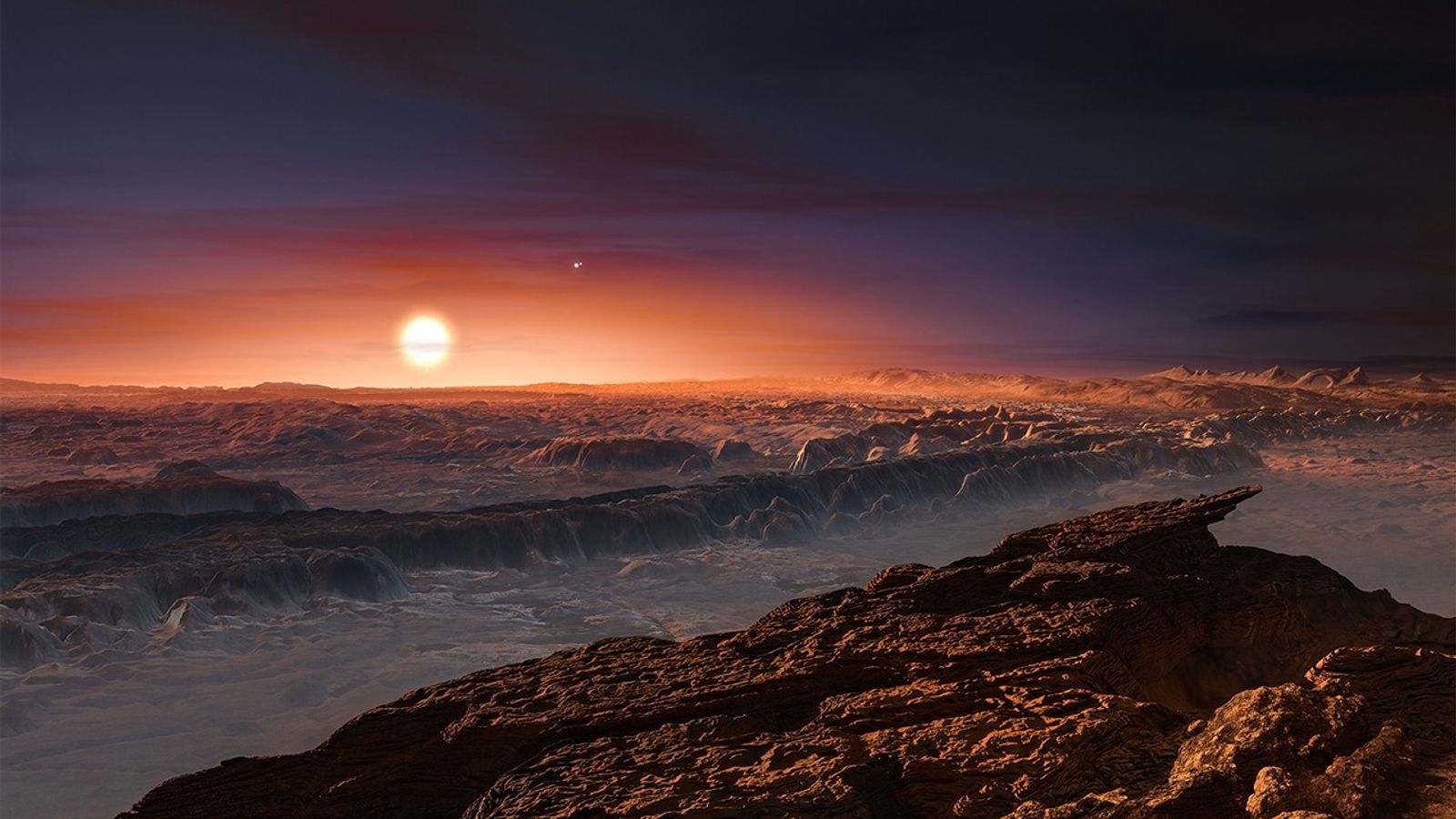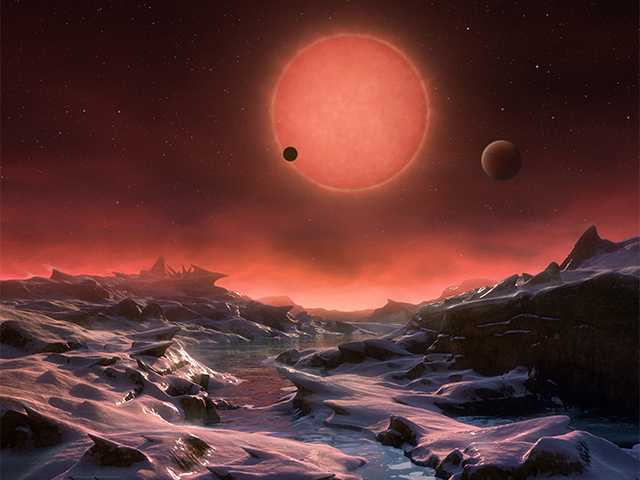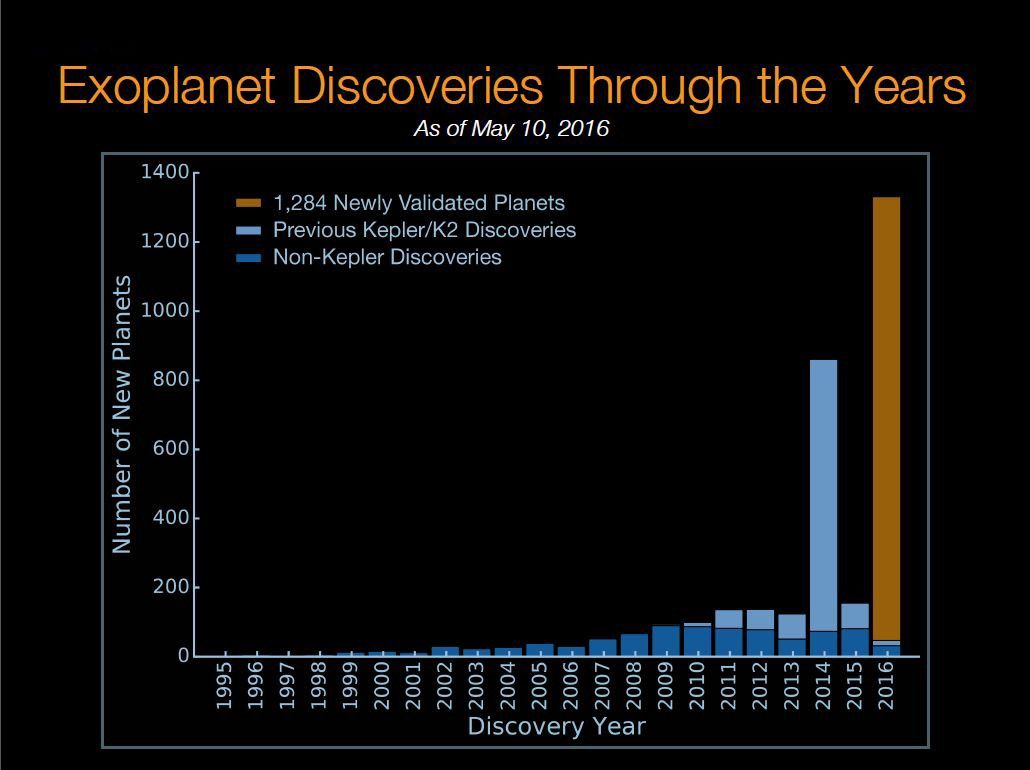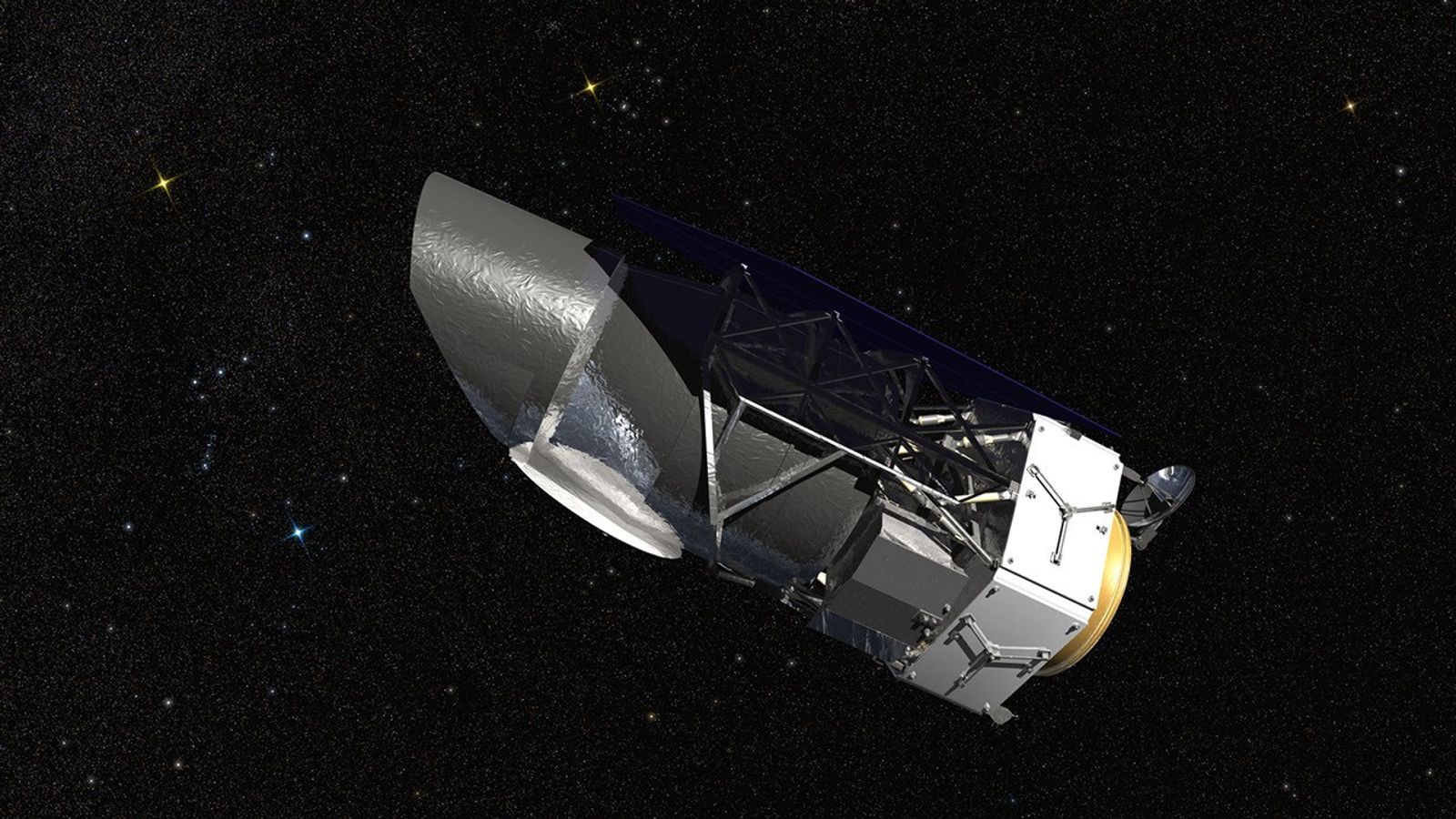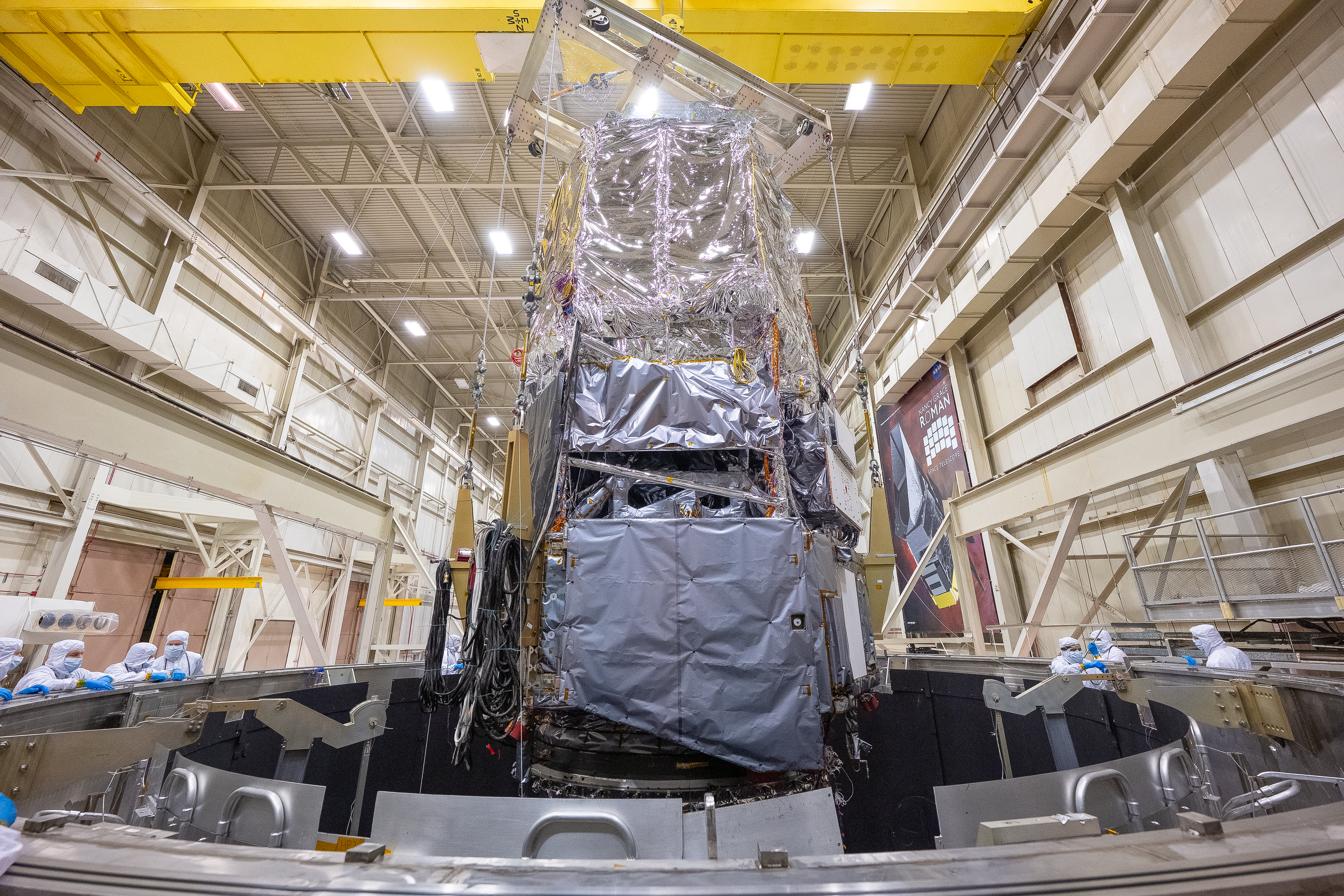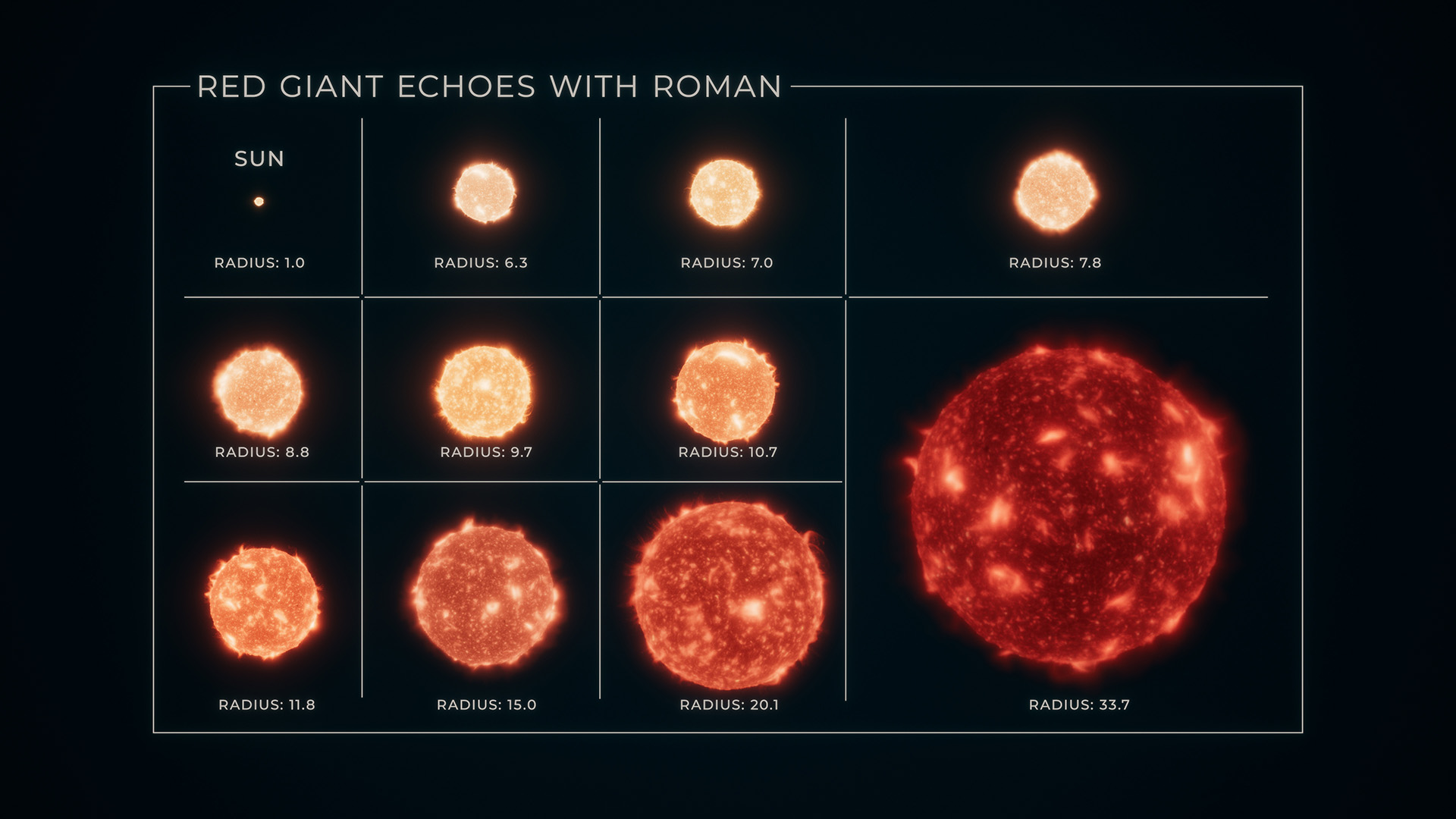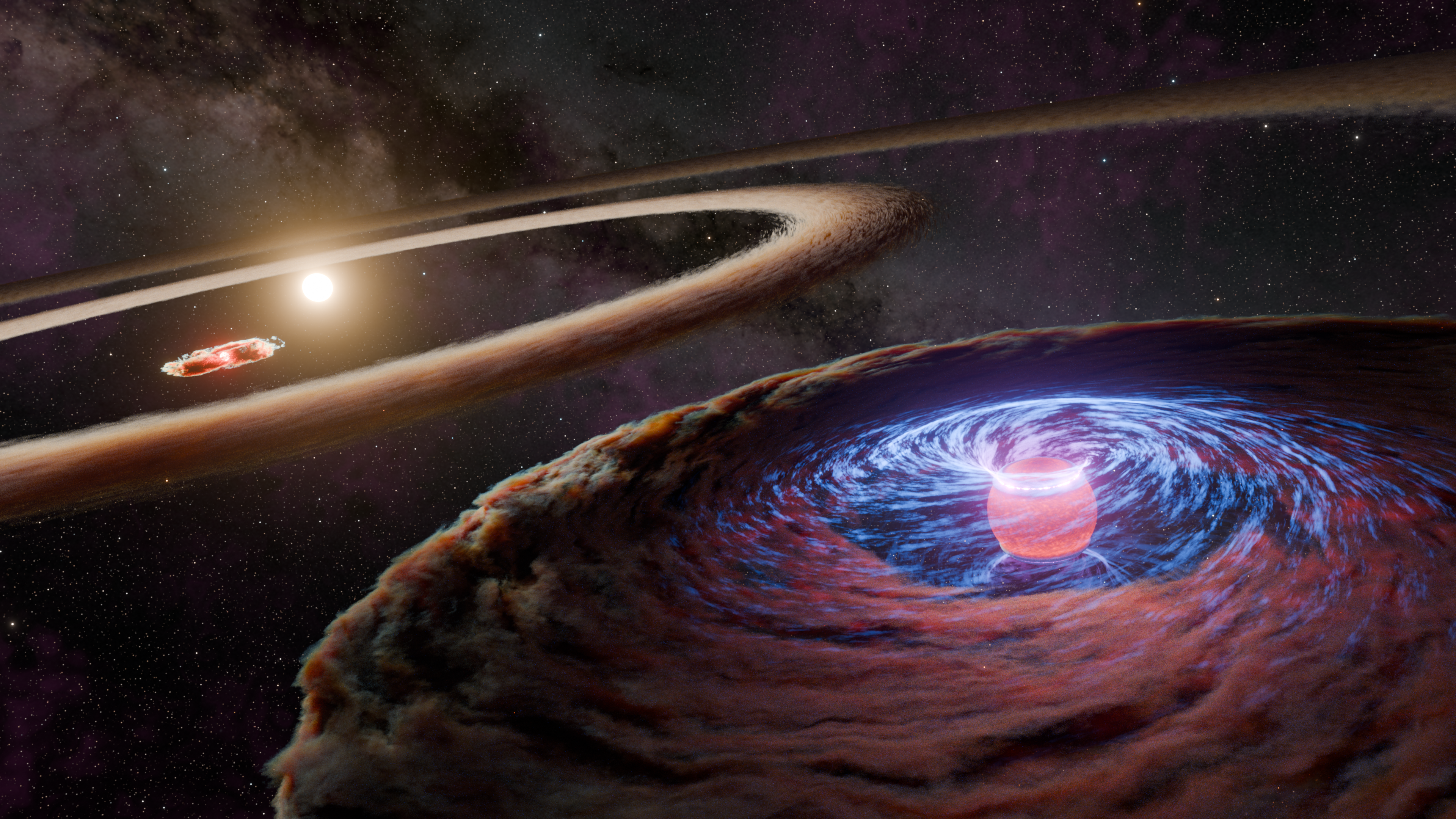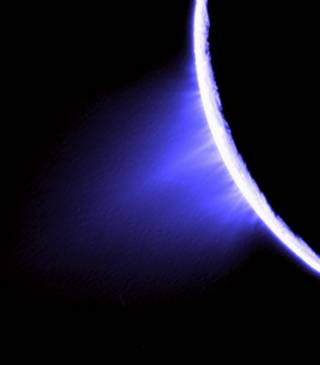Exoplanet exploration, or the search for planets outside our solar system. It's a field that often sounds mysterious, but seeks to answer an essentially simple question– are we alone in the universe? In 2016, the search for another Earth brought incredible discoveries along the way. We've listed five of the most important discoveries of 2016 as we count down to a new year, and new worlds.
1. Closest Exoplanet to Us – Proxima Centauri b
An incredible discovery years in the making, Proxima b is proof that there is a planet around the nearest star to Earth (other than the sun). And the newly discovered, roughly Earth-sized planet orbiting our nearest neighboring star might be habitable. Proxima Centauri is a dim, red star only four light-years away from us. The exoplanet is at a distance from its star that allows temperatures mild enough for liquid water to pool on its surface. Scientists don't know if the planet can support life yet, but are already planning future missions to study it further.
2. Three Red Earths – TRAPPIST-1
The other biggest discovery of the year also revealed Earth-sized planets around a red star. Astronomers using the TRAPPIST telescope at ESO’s La Silla Observatory discovered three planets with sizes and temperatures similar to those of Venus and Earth, orbiting an ultra-cool dwarf star just 40 light-years from Earth. TRAPPIST-1b and TRAPPIST-1c may lie within their star's habitable zone, where moderate temperatures could allow for liquid water on the surface. Follow-up observations with the Hubble Space Telescope concluded that the two planets are unlikely to have puffy, hydrogen-dominated atmospheres usually found on gaseous worlds. This leaves open the possibility that both planets have thinner, denser atmospheres like Earth's.
3. Largest Batch of Discoveries– Kepler Telescope
This year NASA's Kepler mission released the single largest finding of planets to date– 1,284 verified new planets. The announcement more than doubled the number of confirmed planets from Kepler in one sweep. Before the Kepler space telescope launched, we did not know whether exoplanets were rare or common in the galaxy. Now, thanks to the thousands of planets it's found, we can say that Earth-sized planet in the habitable zone around sun-like stars are known to be common.
4. Powerful new telescope – NASA Roman
After years of prep, NASA is formally starting an astrophysics mission designed to help unlock the secrets of the universe– the Wide Field Infrared Survey Telescope (WFIRST). The telescope was later renamed the Nancy Grace Roman Space Telescope. With a view 100 times bigger than that of NASA's Hubble Space Telescope, NASA Roman will explore the secrets of dark energy and dark matter, and explore the evolution of the cosmos. It also will carry on Kepler's legacy by discovering new worlds outside our solar system and advancing the search for life. The telescope's planned launch date is in the 2027.
5. Bubbling Lava World – 55 Cancri e
In 2016, observations from NASA's Spitzer Space Telescope led to the first temperature map of a super-Earth planet– a rocky planet nearly two times as big as ours. The map revealed extreme temperature swings from one side of the planet to the other that may indicate the presence of bubbling pools of lava. The fact Spitzer found the night side to be significantly colder than the day side means heat is not being distributed around the planet very well. The data argues against the notion that a thick atmosphere and winds are moving heat around the planet as previously thought. Instead, the findings suggest a planet devoid of a massive atmosphere, and possibly hint at a lava world where the lava would become hardened on the night side and unable to transport heat.












